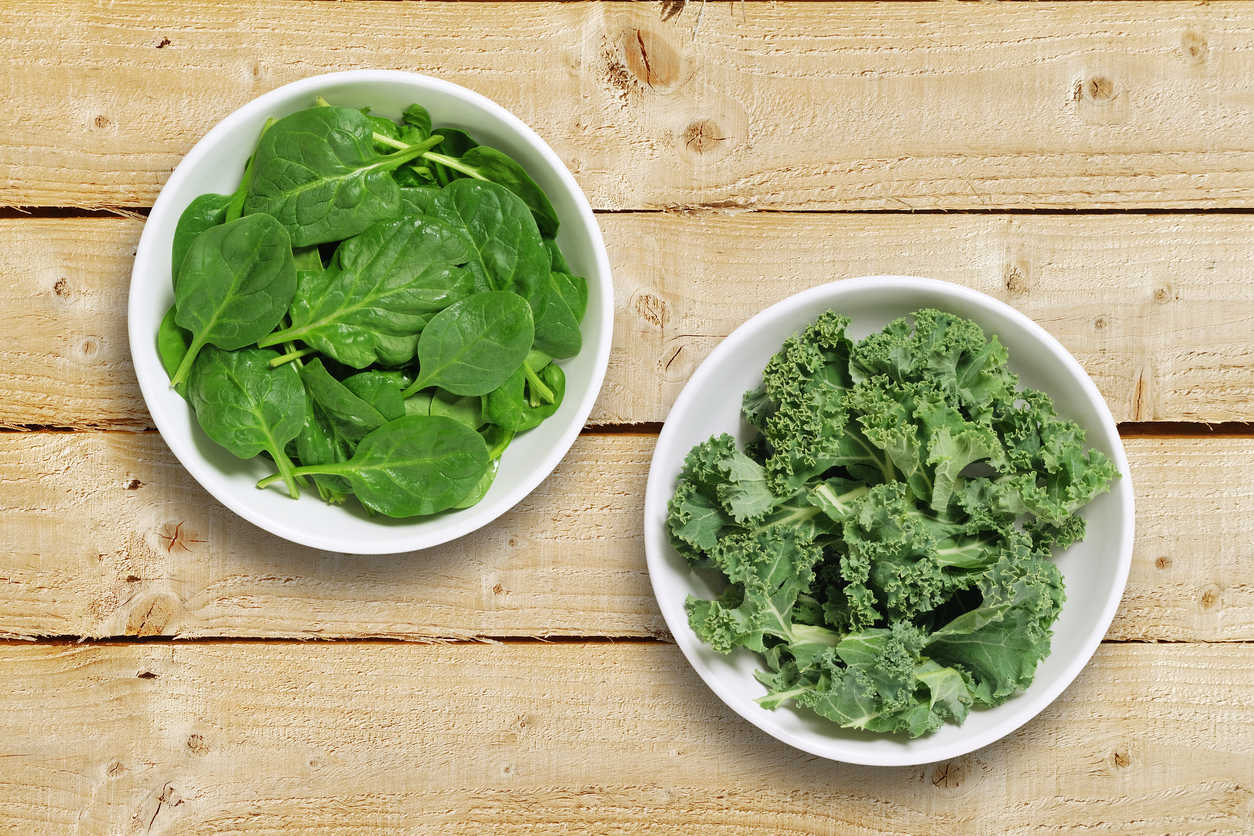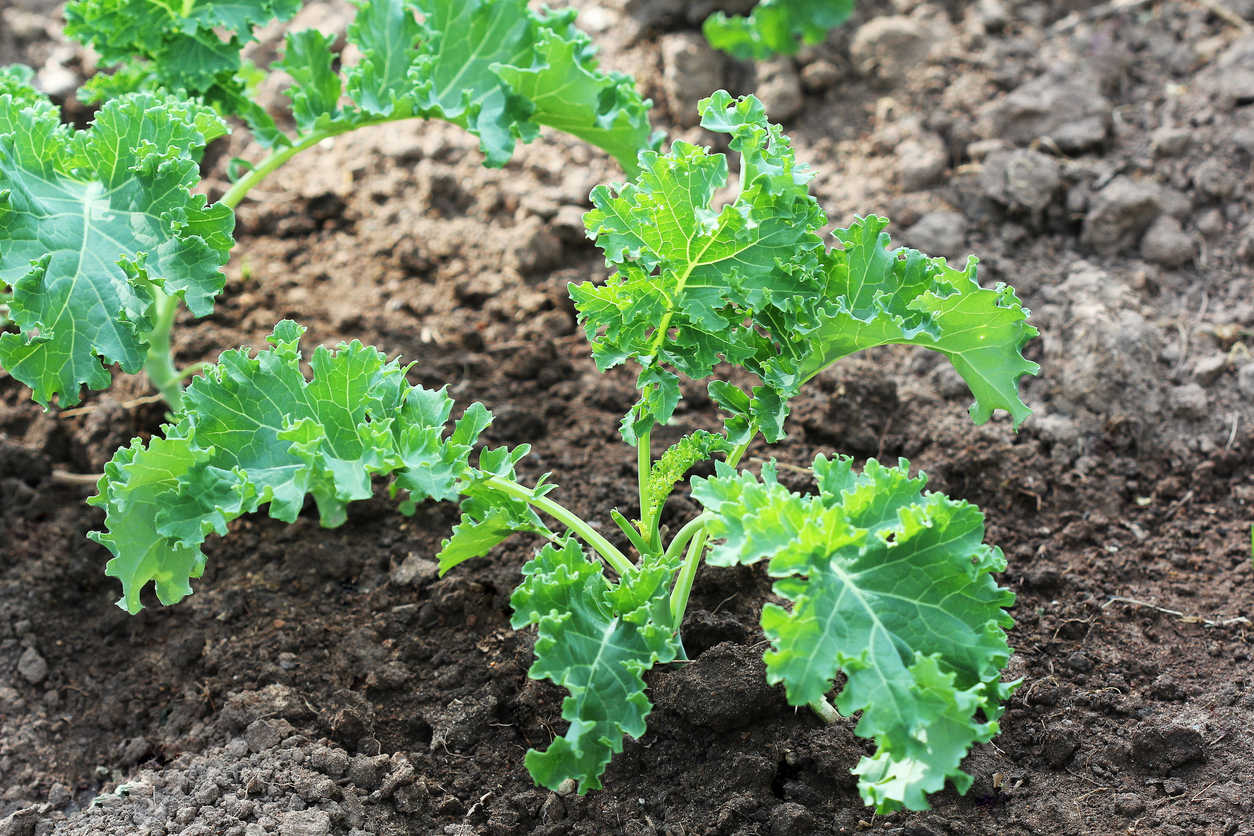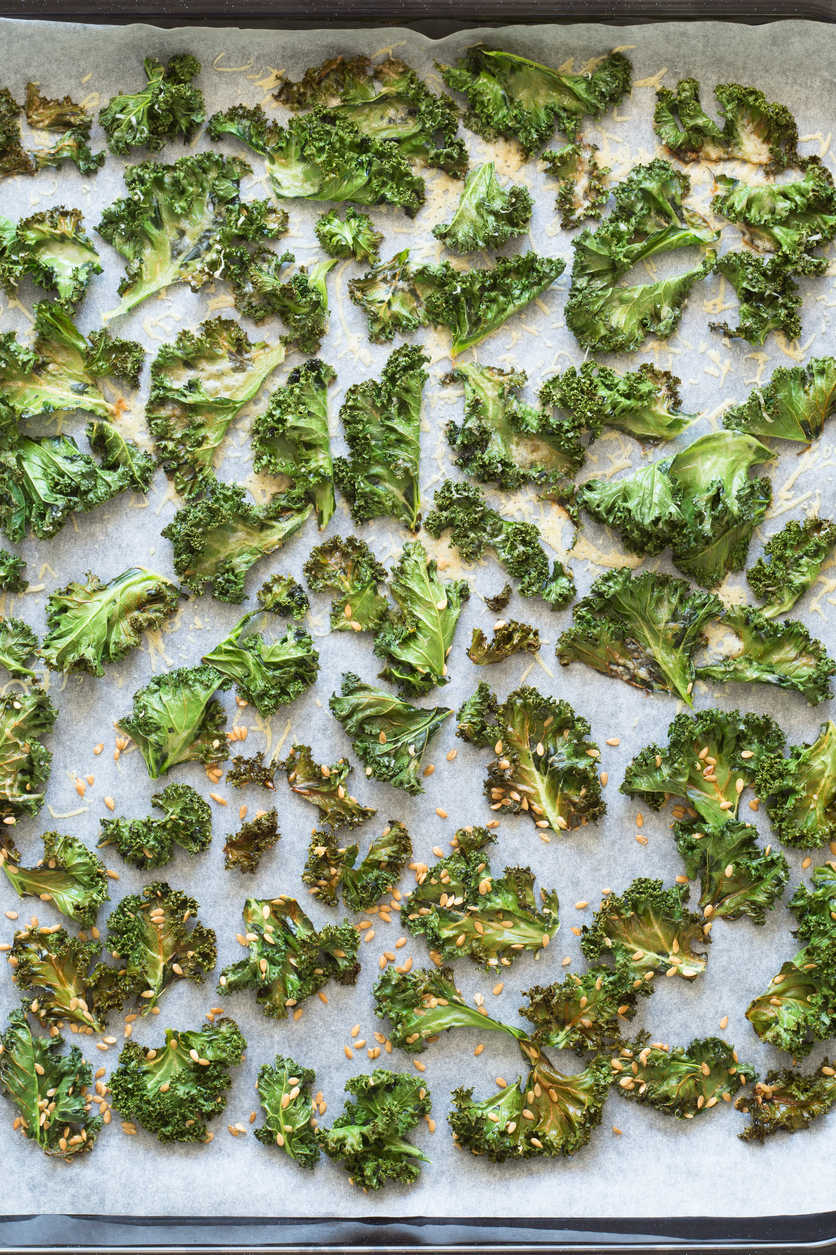What Makes Kale So Good For You?
Posted by Julie on Jun 21st 2023
Like spinach, beets, and Brussels sprouts, kale is one of those foods we know we should eat more frequently for all the nutrition benefits it provides. But unlike spinach, beets, and Brussels sprouts, which have been staples of family dinners for decades, kale only recently came into vogue. In this post, we’ll explore what makes kale so good for us, and how to grow and serve this superfood.
Kale: In Comparison to Spinach
Let’s start by clarifying the differences between kale and spinach. While they are both dark, leafy greens, kale and spinach come from different vegetable families. Spinach belongs to the Amaranthaceae family, along with beets and the ancient grains quinoa and amaranth. Kale belongs to the Brassicaceae family, known as cruciferous vegetables, which includes cabbage, Brussels sprouts, broccoli, and cauliflower.

Spinach has a milder taste and a more delicate texture than kale. Kale keeps longer in the refrigerator than spinach. It also has more vitamins and minerals, though spinach is still a nutritional powerhouse too.
Kale: Nutrition Details and Health Benefits
The amount of nutrition packed into kale is amazing. The Harvard School of Public Health ticks off a long list of vitamins and minerals in kale, including Vitamins A, B6, C, and K, plus folate and manganese. Mind Body Green explains what these nutrients and others in kale do for you:
- Vitamin A helps your skin and vision
- Vitamin K1 aids in coagulation, and Vitamin K2 activates a wide range of proteins
- Calcium helps keep bones strong (and kale has more calcium per calorie than milk)
- Omega-3 fatty acids combat inflammation (which leads to chronic diseases, including cancer)
- Sulfur aids in detoxification through healthy liver function
Unsurprisingly, kale is also an outstanding source of fiber, which helps with healthy digestion.
Harvard also goes into greater detail describing the activity of other organic compounds in kale, which are being studied for their impact on the prevention and treatment of heart disease and cancer. In short, we already know many ways kale is good for us, and it’s likely that we’ll discover even more health-related reasons to add it to our diets.
Kale: Grow Your Own
If you have a backyard garden, consider planting kale this fall or next spring. That’s right; according to the Farmer’s Almanac, “kale is a hardy cool-season crop which grows best in spring and fall.” In fact, kale does quite well in cooler weather, and frost even improves its flavor. Harvard explains that lower temperatures “convert starch molecules into sugar,” which curbs kale’s bitter tendencies and sweetens the taste of the leaves. Kale also looks attractive in gardens or containers. Plus, you’ll be in good company: Thomas Jefferson himself grew kale at his home, Monticello.

You can pick kale when the leaves are as large as your hand. The Farmer’s Almanac cautions not to pick more than a third of the plant at a time, and to leave the terminal bud in place so your kale plant will continue to produce leaves until the weather grows too hot or too cold.
Kale: Use It and Freeze It
Because kale can be tough, cooking it may result in a more tender texture as well as a milder flavor. Try sautéing kale in broth and seasoning it with garlic, salt, and other herbs and spices. Slice raw kale into strips or chop kale stems into small pieces, and add them to stir fries, soups, and stews. Kale chips are surprisingly tasty: rub leaves with olive oil, sprinkle them with seasoning, and bake at 350°F until the edges brown.

You can even freeze fresh kale and use it later for cooked dishes or smoothies. Simply wash the leaves, trim the stems, and freeze on cookie sheets. Then put the frozen kale in freezer-safe bags, labeled with the date.
We hope this post has encouraged you to give kale a try!
 Free shipping over $49
Free shipping over $49










